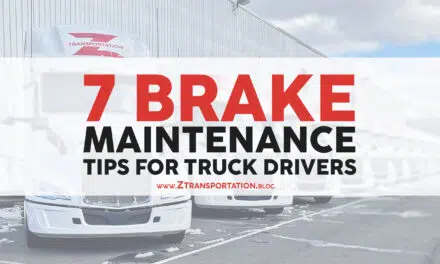
Capital Transporation is training Incarcerated adults from the Richardson Correctional Institution on how to operate semi-truck to earn a CDL Class A Licence.
In October, last year, the American Trucking Association (ATA) made an estimation that there is a truck driver shortage that remains near 78,000 drivers. This number includes the current drivers and the optimal number of drivers based on freight demand. This shortage has to do with age, shortage of women in the working field, the inability of current drivers to pass the drug screening test, and criminal backgrounds.
ATA estimated that in the next 10 years, the trucking industry must recruit nearly 1.2 million new CDL drivers.
The new drivers will replace the retiring drivers and drivers that leave voluntarily or involuntarily. “These trends are notwithstanding the impact of potential regulations or laws in the future, either positive, such as lowering the minimum age of eligibility for a commercial driver’s license, or negative, which could lower productivity per driver resulting in more drivers needed to haul the same amount of freight,” the ATA report stated. “Because there is no single cause of the driver shortage, there is no single solution.”
This helped the trucking corporations to think outside the box regarding new drivers and this is where a new idea was born. Through a partnership with Capital Transportation, the Richland Correctional Institution (RiCi) offers a four-week training program that helps inmates earn the Ohio CDL license. After releasing from prison they will be eligible for school work through the company to start driving commercially.
The training takes a written exam for Comercial Driver’s Licence (CDL). After completing the exam successfully, the incarcerated person then takes part in a four-week training program. The program includes 40 hours of instructional classroom work followed by three weeks of pre-trip vehicle inspection and road testing.
Similar CDL training programs are available in other prison facilities, such as the Mississippi Department of Corrections and Santa Rosa Correctional Institution in Florida.
Incarcerated adults from the Richland Correctional Institution are in the midst of CDL training facilitated by Capital Transportation. This is a four-week training program that allows participants to earn an Ohio CDL Class A license. pic.twitter.com/Zpj9VPNeI4
— Ohio DRC (@DRCOhio) January 13, 2023










